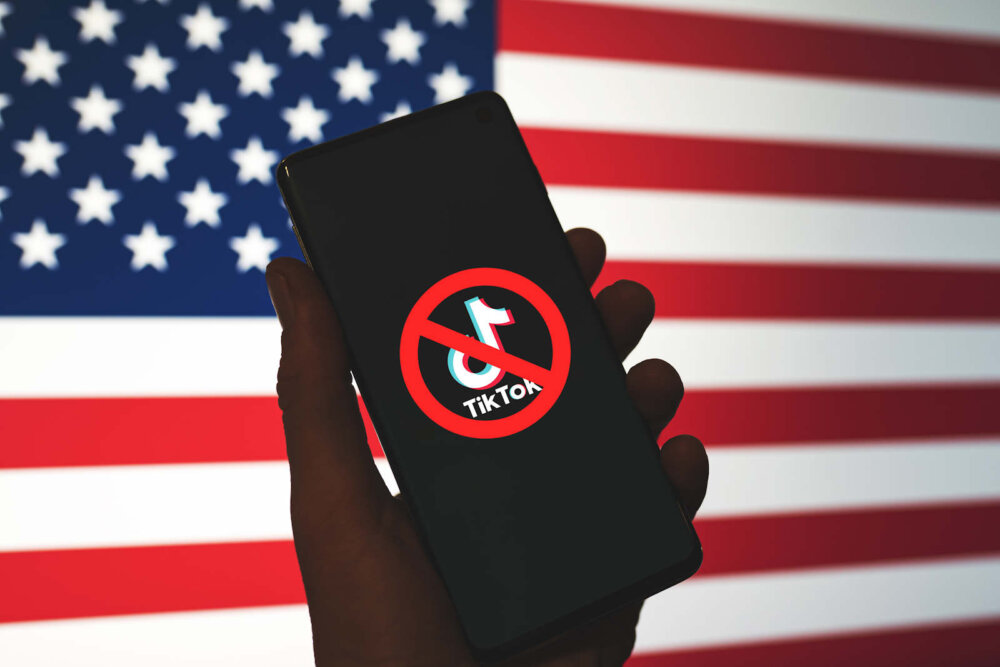
Is your laptop screen big enough for work? CES doesn’t think so
How big is your laptop screen? Not big enough, appears to be the answer at CES 2024, where there are numerous solutions to boost the display area you’ve got to work with.
Additional external screens for laptops have flooded the market in recent years, but Xebec’s solution is neater than most.
Xebec Snap
The Xebec Snap is a caddy that attaches to the back of the laptop screen, allowing you to magnetically attach two 13-inch Full HD displays to either side of your main laptop screen.
The universal caddy can adjust to any laptop screen up to 17 inches in size, and the external screens can be used in either orientation, giving you either a super-wide display or a laptop with two portrait screens on either side for working on documents or browsing web feeds. Or one of each, of course. The monitors “snap”2” magnetically to the caddy, so rotating them from portrait to landscape mode is simple.
It’s not only the screens that can be attached to either side of the laptop screen. Other modules include a wireless phone charger and a bright light that can be used to boost your home/office lighting on video calls. Both of these modules are currently at the prototype stage, however, and in the brief demo I saw on the CES show floor there’s some work to do on making the wireless phone charger connect more reliably.
The Xebec Snap comes with either one external screen ($549) or two ($999) from the Xebec website.
Lenovo Magic Bay screen

It’s not only the small startups that are looking at magnetically attached laptop screens. The world’s biggest PC maker is also showing off a prototype of a 10-inch display that magnetically attaches to the top of its ThinkBook range of laptops.
This tiny screen is based on the Magic Bay technology that Lenovo introduced to the ThinkBook range last year. This allows a range of accessories to snap onto the back of the laptop, including webcams and, before long, SSDs.
Lenovo’s little screen looks great, but it had a nasty habit of falling off during our short demo. It will need stronger magnets if Lenovo ever decides to release this commercially.
Spacetop’s AR laptop

Instead of augmenting a laptop display, the Spacetop gets rid of it altogether. The Spacetop looks like the keyboard part of a detachable hybrid laptop/tablet.
For display purposes, it relies on a set of AR glasses that the company claims puts the equivalent of a 100in display in front of your eyes.
During my brief tests on the CES show floor, it worked impressively, allowing you to glance at multiple open windows simply by turning your head to look at them. If you want to fill your view with a particular window, you can use a touchpad gesture to zoom in.
Each eyepiece has a Full HD resolution, but even with lens inserts that match my glasses prescription, I found the text a little fuzzy and imprecise. It’s certainly nothing as sharp as the MacBook Pro display I’m writing this article on.
It also uses a custom OS, which means it’s not going to run regular Windows/Mac desktop applications, limiting its appeal in professional circles. The $2,150 price tag is another enthusiasm dampener.
NEXT UP

Slow buyers cause tech firms to rethink sales approaches as tough Q1 hits home
New research suggests tech sales were slow in Q1, with buyers of technology and professional services taking their time before committing to any solutions.

ByteDance says it has no plans to sell TikTok and refuses to bow to US pressure
ByteDance, the Chinese company that owns TikTok, stated that it “doesn’t have any plans to sell TikTok” on Toutiao, a social media platform that it also happens to own.

Solace Kidisil, Group COO of Nsano: “The difference between traditional finance and fintech is the questions we ask”
We interview Solace Kidisil, Group COO of Nsano, a fintech company from Ghana, offering digital payment solutions across Africa